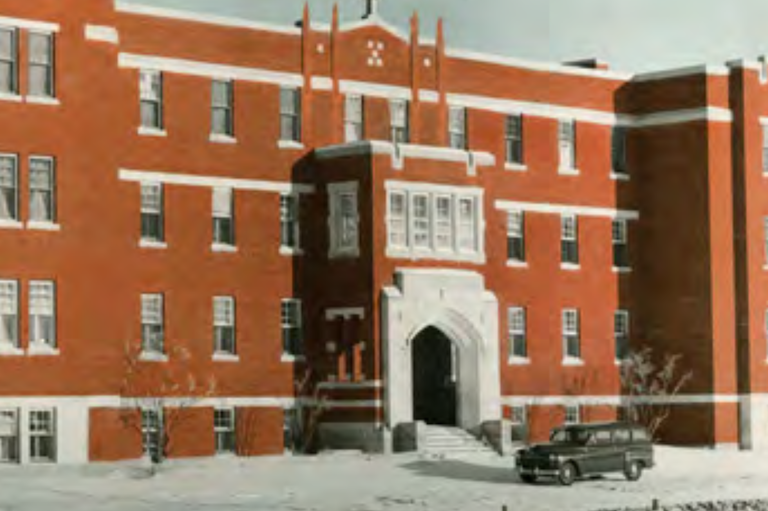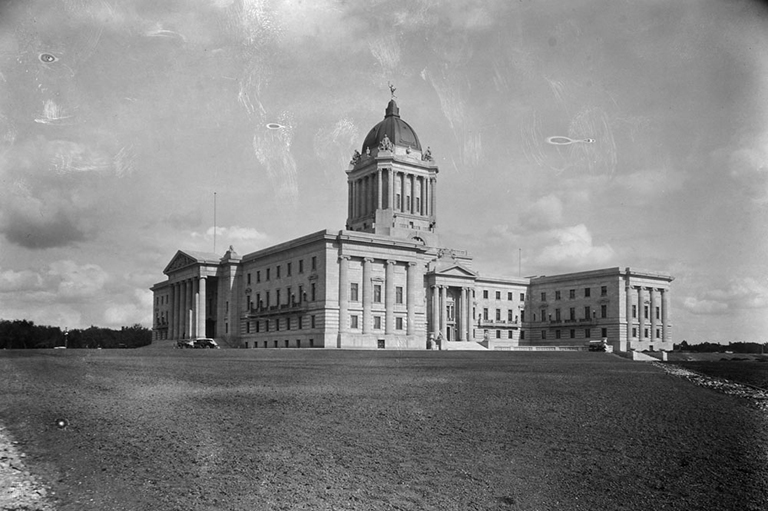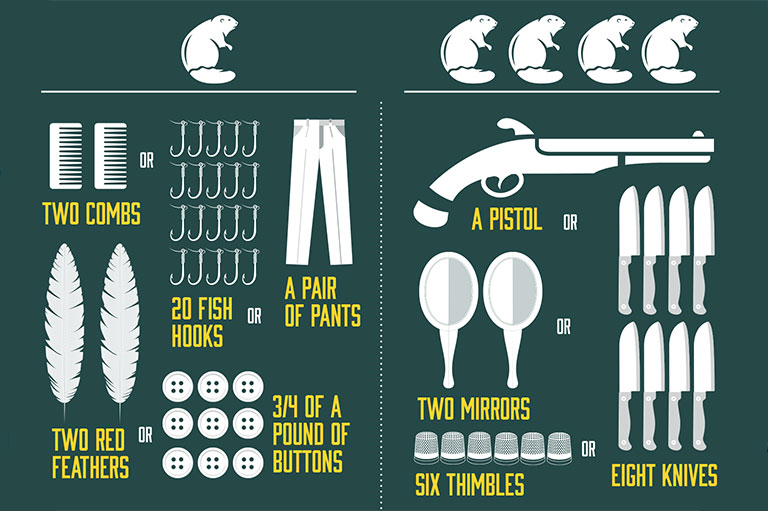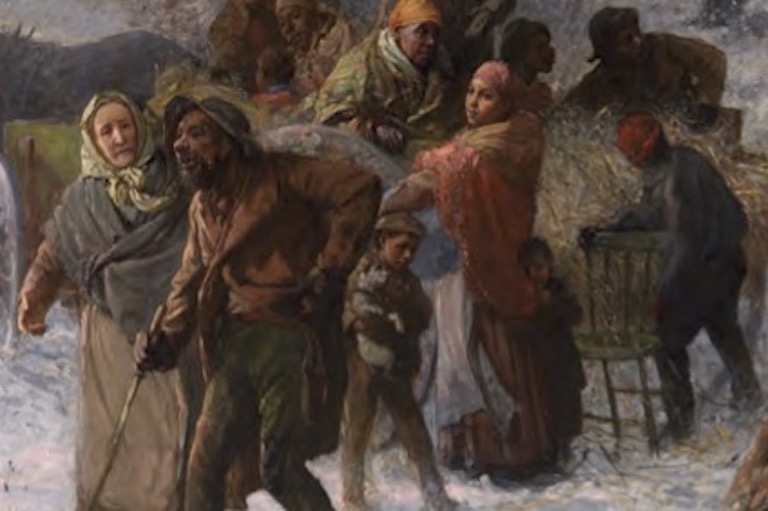Examining Prohibition
Grade Levels: Grades 9/10, 11/12
Subject Area: Social Studies, History, ELA, Civics
Lesson Overview
In this lesson, students are introduced to the historical thinking concept of Cause and Consequence through an examination of the causes and consequences of Prohibition in the early 20th century. Students will predict what they think might have been the causes of prohibition and the temperance movement, they will then examine and rank a number of the actual causes, and write a paragraph defending their choice for the most influential cause of prohibition. They also will briefly examine the intended and unintended consequences of the prohibition laws.
Time Required
This lesson is designed to take 2-3 class periods or 75 minutes, depending how much support students need in paragraph writing.
Historical Thinking Concept(s)
- Analyze cause and consequence
- Take historical perspectives
Learning Outcomes
Student will:
- Show that historical events have multiple, interrelated causes.
- Show that consequences of historical events can be positive, negative or neutral for different people or groups.
- Predict the potential causes of prohibition.
- Assess the various causes of prohibition: social conditions, people and groups, political factors, and economic factors.
- Defend a position on the question of which cause was most influential.
- Reflect on the intended and unintended consequences of prohibition.
- Explain the legacy of prohibition on our culture today.
Background Information
Prohibition laws were first enacted in PEI in 1901, then most other provinces enacted the law during the First World War, except Quebec, which only had prohibition when it was a federal law in 1919. Most provinces remained dry to one degree or another, for most of the 1920s, with PEI only opening liquor stores in 1948. Prohibition had its roots in the social gospel movement, and the women’s movements of the late 19th and early 20th centuries. Alcohol was generally consumed by men, and it was often portrayed as a moral issue by temperance advocates. Women were very active in championing the abolition of alcohol, and prohibition became one of the reasons why Canadian women sought the vote, so that they could enact prohibition. The First World War gave the prohibition movement a boost, when temperance groups argued that precious grain should be going to soldiers and factory workers, and wartime deprivations were seen as patriotic duty.
Students may struggle with some of the vocabulary used in this lesson, especially English Language Learners. Take the time to pre-teach vocabulary, use word walls and/or Frayer diagrams if necessary, and to clarify any historical vocabulary so that students can engage in analysis.
This lesson can be used on its own, or as part of a course introductory overview of the historical thinking concepts through selected 20th century events in Canadian history.
The Lesson Activity
Activating: How will students be prepared for learning?
- Ask students to consider their mark or grade in their math class from last year. What were the causes of their mark? What were the consequences? Ask students to individually reflect and jot down their thoughts. Students often struggle with the idea that historical consequences are not necessarily negative. For example, if a student got a good grade in math, then there were likely positive or neutral consequences. This activity helps students to understand that historical events have multiple, interrelated causes, and that the consequences can be positive, negative or neutral
- Have students think-pair-share on the following questions:
- How is alcohol regulated in Canada today?
- Do any of these laws strike you as curious?
Record all of their ideas on a chart paper – you will return to these at the end of the lessons to review which laws today have their roots in the prohibition laws of the 1920s (e.g. Long-term consequences of prohibition). Some of those might be: different provinces have different age limits, alcohol is often sold in specific stores, in some provinces you may not have open liquor in public, etc.
Acquiring: What strategies facilitate learning for groups and individuals?
- Introduce two vocabulary words: temperance and prohibition. Post the definitions in the room for the duration of the lessons
- Temperance (idea): Voluntarily drinking less or no alcohol because you believe it is the right thing to do for moral or health reasons
- Prohibition (law): When a government make a law to make it illegal to sell or buy alcohol.
- Ask students to predict: Why do you think the government passed the Prohibition of Alcohol law in 1918?
- Think: Record your ideas in your journal
- Pair: Discuss your ideas with your partner or small group
- Share: Share your group’s best prediction with the class
Record all of the students’ predictions on chart paper and keep posted in the class for the duration of the lesson. You will return to these predictions at the end.
- Hand out the Causes of Prohibition Organizer and explain what is meant by the different categories (People and Groups, Social Conditions, Political Factors, Economic Factors). Explain that students will be examining a variety of sources to understand the different factors that led to prohibition.
- Watch the video clip: “Our Investment of Blood”
- Read the summary of Prohibition from History Uncovered or The Canadian Encyclopedia
Applying: How will students demonstrate their understanding?
- Distribute the Diamond Ranking Organizer, and have students work in groups to cut up the causes of prohibition, and place them in the diamond ranking organizer in order of most influential to least influential. Circulate and question students on their reasoning to help them in formulating their arguments, and conclusions.
- If students require more support in developing arguments, assign one cause to each group, and have them explain to the class why that cause could be considered the most influential.
- Students write a paragraph justifying their position on which cause of prohibition was most influential. Use scaffolding for the paragraph if necessary. Use the Peer Review checklists to help students improve their writing.
- Consolidation: Ask students to reflect in their journals
- Which of my/our predicted causes were incorrect? How do our predictions reflect our worldviews or perspectives today? How were the perspectives of Canadians in the 1920s different or similar to ours?
- Return to the alcohol regulations that we listed at the start – are any of these laws a consequence of the temperance movement and prohibition laws? Explain.
Materials/Resources
- Prohibition and Cause and Consequence – Slides for instruction
- Causes of Prohibition Organizer
- What were the causes and consequences of Prohibition? From History Uncovered (Nelson, 2014) (p. 52-53)
- Code the Text – Literacy strategy support
- Prohibition Vocabulary Sort – Literacy support
- Prohibition: Diamond Ranking Organizer
- Peer Review Checklists
- The Historical Thinking Project – Causes and Consequences Template
- Canada: A People’s History (CBC, 2000) – Episode 12 – segment “Our Investment of Blood”
- Canadian Encyclopedia - Prohibition
- Prohibition to Oka (Collishaw, 2013) – links to all resources needed
- Frayer Model Template
References
- The Big Six (Nelson, 2013) Guideposts to Historical Thinking (p. 10-11)
Extension Activity
Counterfactual history – Ask students to discuss and consider what might be different in our world today had prohibition not been enacted as law. Small groups come up with at least one thing that might be different, and the class votes on the plausibility of the arguments. This can prompt students to understand that events in history are not inevitable. This line of argument can also help students to judge which cause might have been most influential – e.g. If you remove cause x, how would things have turned out differently?
Assessment
Use the Guideposts for Historical Thinking found on page 10-11 in The Big Six, to guide students in their peer assessments, and then to assess students’ historical thinking in their final products.
Each lesson in the series is designed so that the teacher is giving groups and individual students observational feedback in the process of using the particular historical thinking concept to understand the events. The teacher can also give feedback on the journal entries to broaden students’ thinking.
Near the end of the unit, students select two of the products (eg. The bio-poem, the memorial, the letter, etc.) to improve through a process of peer review, then submit to the teacher for formal assessment. Use the Guideposts for Historical Thinking found on page 10-11 in The Big Six, to guide students in their peer assessments, and then to assess students’ historical thinking in their final products.
Themes associated with this article
Advertisement




